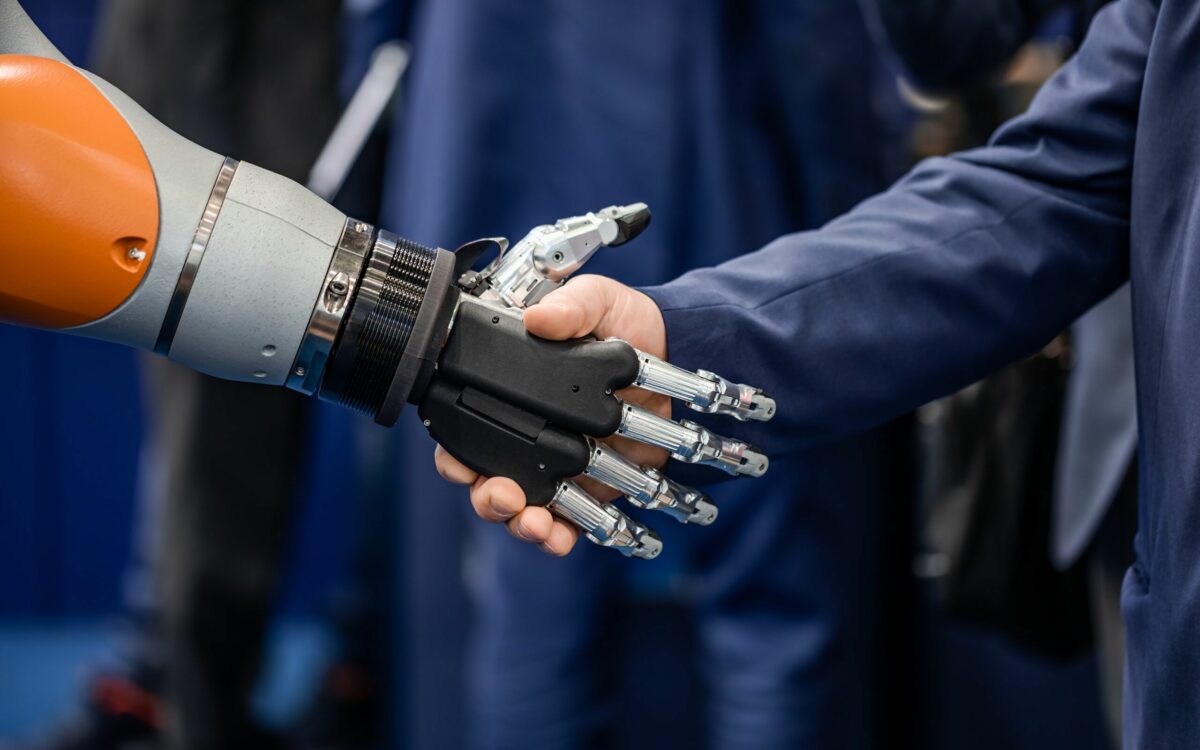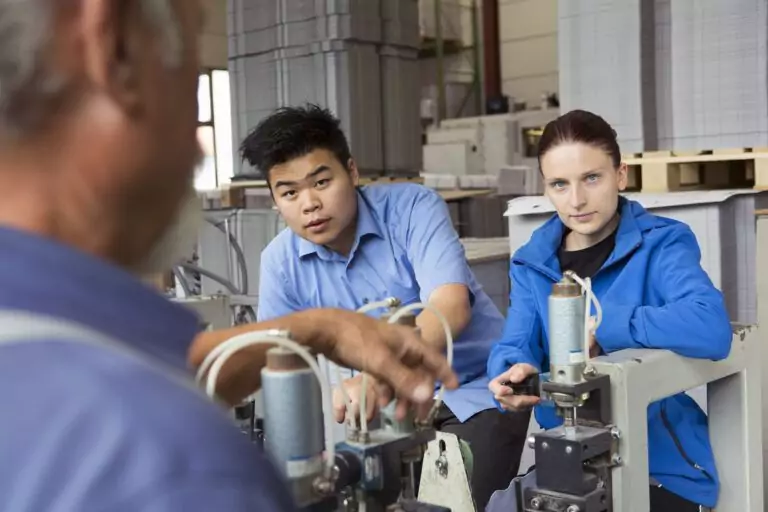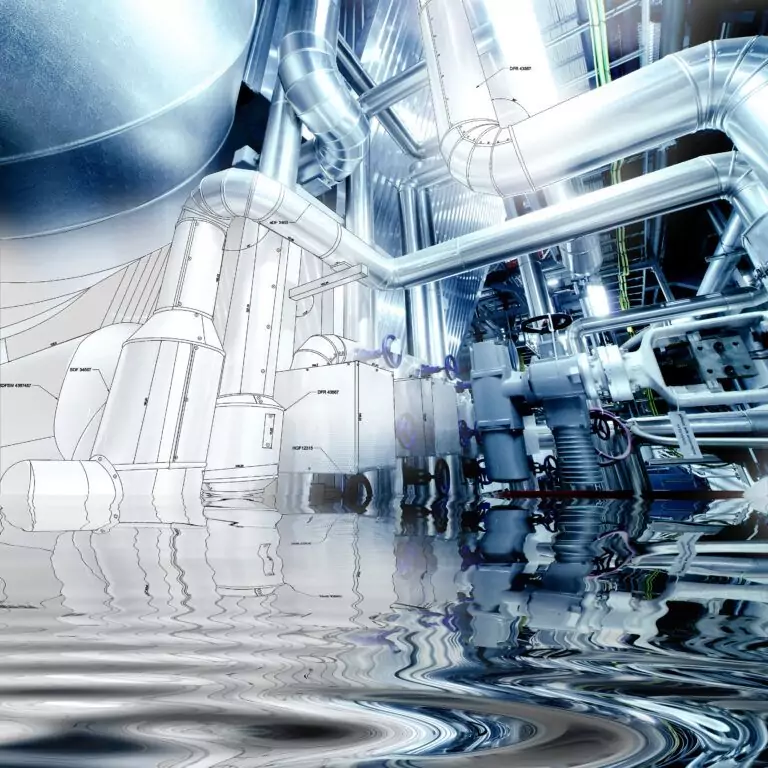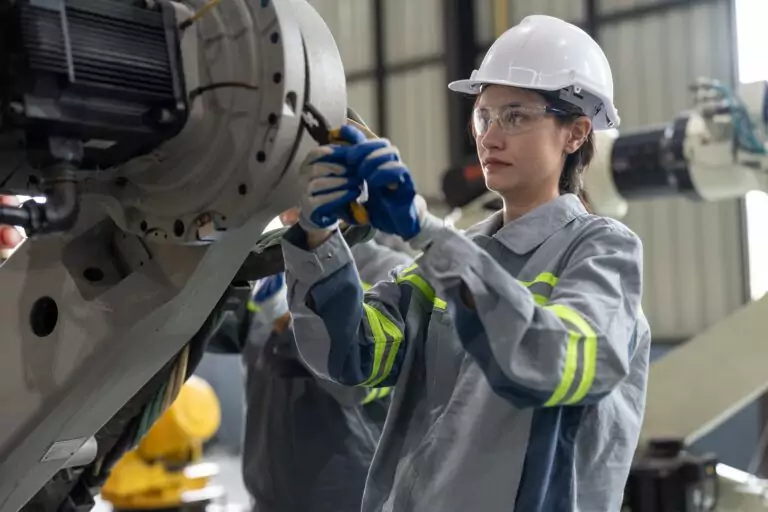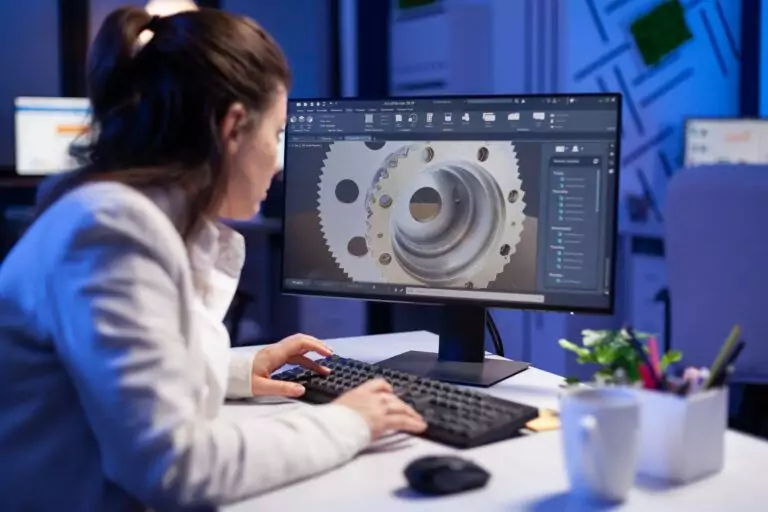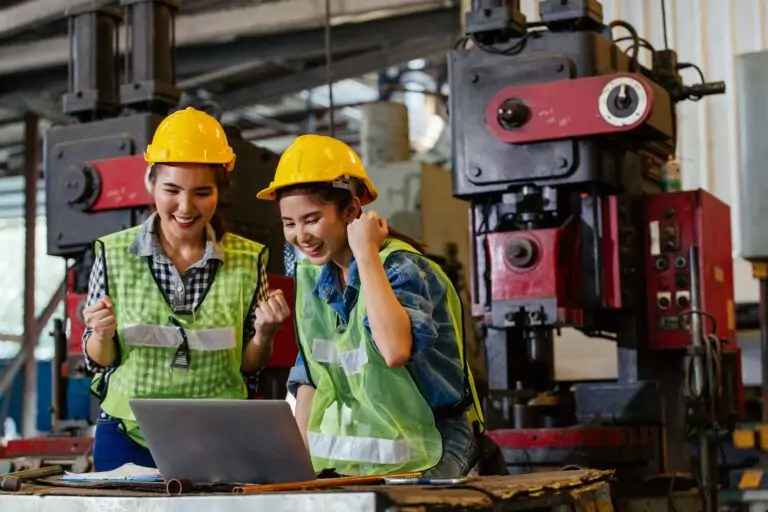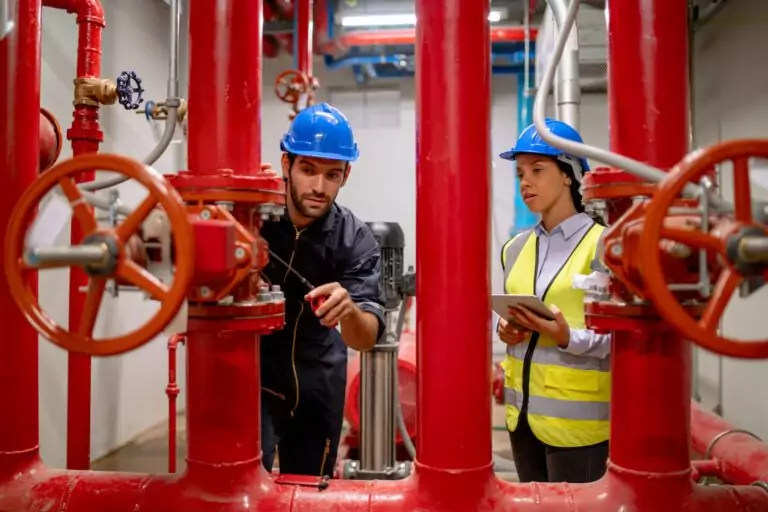Welcome to our deep dive into the top benefits of integrating robotics into various sectors. As technology advances, the role of robotics in enhancing efficiency, productivity, and safety in the workplace has become increasingly significant. In disciplines such as electrical engineering, manufacturing, and logistics, robotics plays a crucial role in driving precision and innovation.
From streamlining operations and reducing manual task time to improving quality control and contributing to innovation, the impact of robotics is far-reaching.
Additionally, the integration of robotics offers substantial cost savings, creates high-skilled jobs, and significantly affects scalability and environmental sustainability. Join us as we explore how robotics is revolutionising industries by automating processes, ensuring precision, and fostering a safer and more innovative work environment. Whether you’re curious about the economic implications or interested in the technological advancements, this article covers the essential ways robotics integration is shaping the future of work and production.
How Does Robotics Integration Improve Efficiency?
Robotics integration into various sectors significantly enhances efficiency, primarily by streamlining operations, reducing errors, and accelerating production times. The future of many industries relies on the effective integration of robotics, as it continues to evolve and offer new solutions for complex challenges, ultimately driving forward economic growth and innovation.
Reduces Manual Task Time Significantly
By integrating robotics, businesses can significantly reduce the time spent on manual tasks. This efficiency gain is a direct result of the precision and consistency that robotics bring into operations. Robots are designed to automate routine and labor-intensive tasks, which not only speeds up the overall production process but also reallocates human labor to more complex and strategic tasks.
These improvements are often implemented in collaboration with digital transformation partners, who help bridge automation technologies with core operational workflows.
Increases Production Speed by Automating Processes
The automation of processes through robotics is key to increasing production speed. Robots operate at a faster rate than humans and can work continuously without the need for breaks or shifts, leading to an uninterrupted production cycle. This capability is especially valuable in high-demand scenarios where maintaining a swift and consistent output is crucial.
Moreover, the adaptability of robotic systems to quickly switch between tasks or adjust to different products without significant downtime enhances the flexibility and scalability of production lines, further boosting production speed.
What Cost Savings are Associated with Robotics Integration?
Integrating robotics into operations leads to substantial cost savings. By automating tasks, companies can rely less on manual labour, which translates to lower ongoing expenses for wages, benefits, and training. These savings are crucial for maintaining competitive pricing and investing in further innovation and growth.
Lowers Labor Costs by Reducing Reliance on Manual Labor
Integrating robotics into the workflow significantly lowers labor costs by automating tasks traditionally performed by humans. This shift not only reduces the need for manual labor but also reallocates human resources to more strategic and high-value roles. The outcome is a more efficient labour force and substantial savings on wages, training, and benefits, which directly impact the bottom line.
These operational efficiencies are often realised through the guidance of custom engineering solutions providers, who tailor automation frameworks to each facility’s unique requirements.
Reduces Waste and Rework Through Precise Operations
The high precision of robotic systems drastically reduces waste and rework in production processes. By executing tasks with exact accuracy, robots minimise the errors that typically lead to material waste. This level of precision ensures products are made correctly on the first attempt, eliminating the need for costly do-overs.
Such efficiency not only contributes to direct cost savings but also aligns with sustainability goals by conserving materials.
How Does Robotics Integration Enhance Quality Control?
Robotics integration significantly enhances quality control by leveraging advanced technologies to improve precision in manufacturing and ensure consistent product quality across batches.
Through these mechanisms, robotics integration plays a pivotal role in elevating the standards of quality control in manufacturing and other sectors.
Improves Precision in Manufacturing with Advanced Technologies
Robotics integration harnesses advanced technologies to dramatically improve precision in manufacturing. These cutting-edge solutions enable robotic systems to execute tasks with unparalleled accuracy, ensuring components are produced to exact specifications. This heightened level of precision is vital for adhering to strict quality standards and minimising production errors, making it a cornerstone of modern manufacturing excellence.
Partnering with advanced engineering consultants helps organisations ensure these technologies are integrated with long-term quality assurance strategies in mind.
Ensures Consistent Product Quality Across Batches
By leveraging the unwavering accuracy of robotic systems, robotics integration guarantees consistent product quality across all production batches. Robots maintain the same level of precision throughout their operations, eliminating the variability associated with human labor. This consistency is essential for brands committed to delivering reliable and high-quality products consistently.
Through robotics integration, companies can assure customers that every item, regardless of its position in the production line, meets the highest quality standards.
What Are the Safety Benefits of Integrating Robotics?
Integrating robotics into the workplace significantly enhances safety by taking over tasks that are dangerous or pose potential risks to human workers. By leveraging robotic systems, businesses can protect their employees while maintaining high productivity levels.
Reduces Workplace Injuries by Taking Over Dangerous Tasks
Robotics integration significantly reduces workplace injuries by taking over tasks deemed too dangerous for humans. With their ability to perform with high precision and endure hazardous conditions, robots effectively minimise the risk to human workers. This strategic allocation of high-risk tasks to robotic systems ensures that the safety and well-being of employees are prioritised, resulting in a notable decrease in workplace accidents.
Handles Hazardous Tasks, Protecting Employees from Direct Exposure
By handling hazardous tasks, robotics integration provides a critical layer of protection for employees from direct exposure to dangerous environments. Robots are adept at operating under conditions that would pose serious health risks to humans, such as exposure to toxic chemicals, extreme temperatures, or confined spaces. This safeguarding of employees from direct contact with hazardous elements not only bolsters workplace safety but also underlines a commitment to maintaining a health-conscious work environment.
These safety enhancements are commonly implemented by industrial systems integration specialists, who align robotic systems with risk management goals.
How Does Robotics Integration Contribute to Innovation?
Robotics integration is a powerful catalyst for innovation, enabling the development of new products and tailoring production processes to meet specific customer demands. By embracing robotics, industries can push the boundaries of what is possible, driving forward progress and setting new standards in product innovation and customisation.
Encourages the Development of New Products Through Advanced Capabilities
Robotics integration encourages the development of new products by harnessing advanced capabilities. This technological innovation enables companies to venture into uncharted territories of product development, pushing the boundaries of what’s possible beyond manual limitations. The precision, speed, and versatility of robotic systems unlock new opportunities for creating cutting-edge products that cater to the dynamic needs of the market.
Enables Customization in Production to Meet Specific Customer Demands
Robotics integration significantly enables customisation in production, allowing for meeting specific customer demands with unparalleled flexibility. This adaptability is key to offering personalised products, providing a competitive edge in today’s market, where customisation is highly valued. With robotics technology, it’s feasible to modify production processes swiftly, ensuring each product can be tailored to individual specifications without sacrificing efficiency or quality.
What is the Impact of Robotics Integration on Workforce Development?
Robotics integration significantly impacts workforce development by creating high-skilled jobs in robot maintenance and programming, necessitating new training programs for employees. This shift towards a more technologically advanced workforce encourages the development of specialised skills, aligning with the evolving needs of modern industries. As robotics become integral to operations, the demand for professionals skilled in robotics technology, system management, and maintenance grows.
These shifts are often supported by sustainable engineering leaders, who champion both technological progress and long-term workforce readiness.
This evolution not only elevates the skill level within industries but also drives the creation of educational and training programs designed to prepare workers for the future of work. Consequently, robotics integration plays a pivotal role in shaping the workforce, fostering a culture of continuous learning and adaptation to technological advancements.
Creates High-Skilled Jobs in Robot Maintenance and Programming
The advent of robotics integration catalyses the creation of high-skilled jobs in the domains of robot maintenance and programming. This trend highlights an increasing demand for specialised expertise dedicated to the maintenance, optimisation, and programming of robotic systems. As robotics weave into the fabric of various industries, the necessity for adept professionals to ensure these systems function at peak efficiency becomes increasingly paramount.
Requires New Training Programs for Employees to Manage Robotic Systems
To accompany the shift towards more automated operations, there arises a critical need for new training programs aimed at empowering employees with the skills to manage and work alongside robotic systems. This development emphasises the significance of upskilling and reskilling the current workforce, preparing them to adeptly handle the intricacies and potential of modern robotics. Investing in such training initiatives underscores a commitment to fostering a workforce that is not only technologically proficient but also adaptable to the evolving landscape of industry standards.
How Does Robotics Integration Affect Scalability?
Robotics integration plays a crucial role in enhancing scalability within industries by facilitating rapid scaling of production to meet market demand and allowing for flexible manufacturing processes adaptable to changes. As a result, robotics integration not only enables businesses to grow and expand their capabilities but also ensures they remain competitive and responsive in a dynamic market environment.
Facilitates Rapid Scaling of Production to Meet Market Demand
Robotics integration facilitates rapid scaling of production, empowering businesses to efficiently meet fluctuating market demand. Through the automation of key processes, production can be scaled up or down with minimal impact on time or resources. This dynamic scalability ensures that companies can swiftly adapt their output to align with consumer needs, maintaining optimal levels of productivity and meeting market demand in real-time.
Allows for Flexible Manufacturing Processes Adaptable to Changes
Incorporating robotics into manufacturing processes significantly enhances flexibility, making it easier to adapt to changes in product design, market demand, or manufacturing methodologies. This adaptability is essential in the contemporary market landscape, where agility and the capacity to innovate are critical competitive advantages. Robotics technology facilitates the quick reconfiguration of production lines, dramatically reducing the time and expense associated with transitioning to new processes or introducing new products, thereby ensuring businesses remain agile and responsive.
What Are the Environmental Benefits of Integrating Robotics?
Integrating robotics into various industries offers significant environmental benefits, including reduced energy consumption and minimised waste production. Through these mechanisms, robotics integration not only enhances operational efficiency but also contributes to more sustainable and environmentally friendly manufacturing and production processes.
Reduces Energy Consumption Through Optimized Operations
The integration of robotics significantly reduces energy consumption by streamlining and optimising operations. Robotic systems are designed for maximum efficiency, executing tasks with precision and speed that far exceed manual capabilities. This high level of operational efficiency not only decreases energy use but also lowers the ecological footprint of production processes, aligning with sustainable business practices.
Minimizes Waste Production With Precise Material Handling
Through the use of advanced robotics, waste production is minimised due to precise material handling. Robots are equipped to measure, cut, and handle materials with exceptional accuracy, ensuring that resources are used optimally. This precision drastically reduces the volume of waste generated during production, supporting efforts towards more environmentally friendly manufacturing and contributing significantly to sustainability goals.
Driving Progress Through Intelligent Automation
Robotics integration is not just about upgrading machinery; it’s about transforming how industries operate, think, and evolve. As we’ve explored, the impact spans every aspect of operations, from boosting productivity and reducing costs to enhancing safety and environmental sustainability. It fosters innovation, adapts to market demands, and reshapes workforce capabilities, making businesses more agile and future-ready.
At Vista Projects, our deep expertise in system integration and engineering makes us uniquely equipped to help you harness the power of robotics. Our truth-based industrial engineering approach ensures you gain operational excellence while aligning with sustainability goals.
Ready to elevate your operations with robotics integration? Contact Vista Projects today and let’s build a smarter, more efficient future together.
